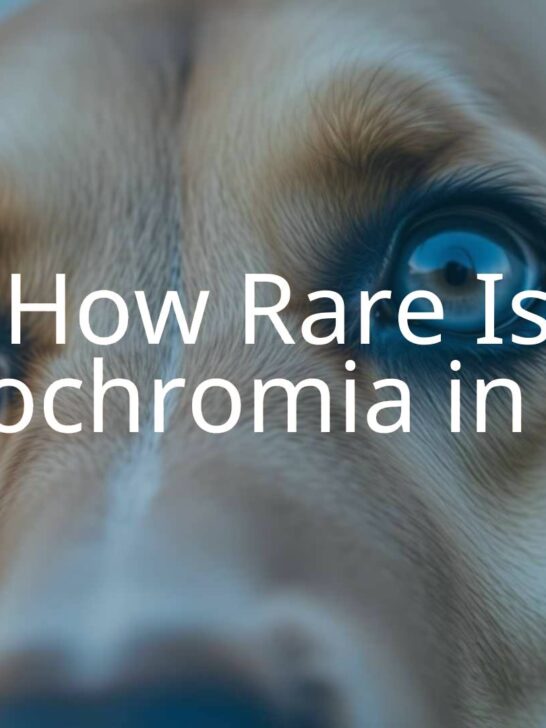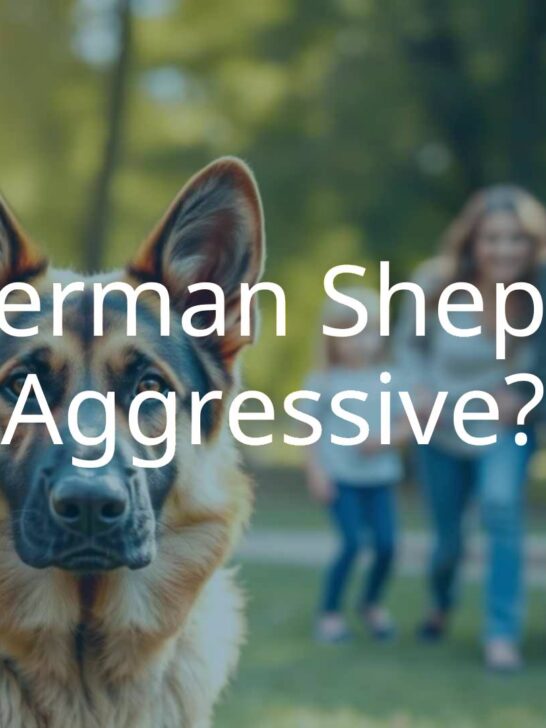German Shepherd Tail Types – Positions and Their Meaning
In the dog world, a tail tells a lot of tales. Because dogs can’t communicate verbally, they rely on body language and smells—and their tail does a lot of talking!
While there’s an official breed standard for the German Shepherd, you’ll find several different types of tails in the breed, and knowing what’s right, what’s wrong, and what your dog is trying to say with its tail will help you better understand your dog and its needs.
Types of German Shepherd Tails
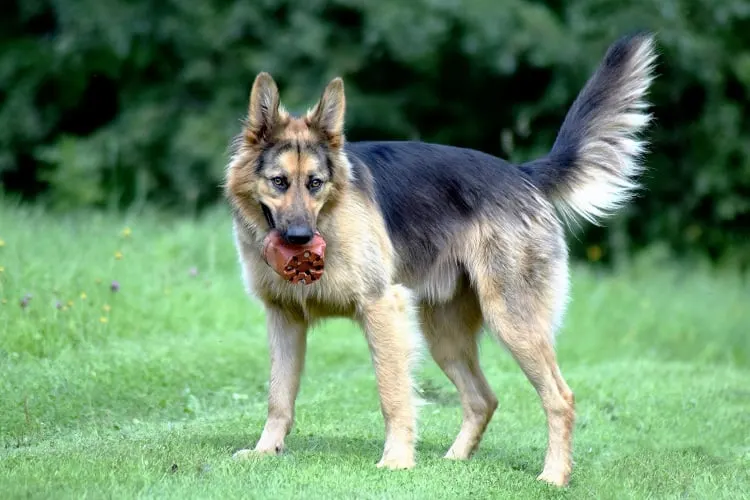
The official breed standard for the German Shepherd’s tail is:
- Long
- Hanging low
- A slight upward curve at the end
- Not curled over the back
It should be a little longer than your dog is tall and be thick and tapered. Unlike some breeds, they carry it low naturally, and an agitated, swishing tail is not ideal.
If it curls under the dog, instead of being held out naturally straight from the body, the dog may be anxious and nervous.
Long-coated Shepherds will have a fluffy plume, whereas short-coated dogs will have a sleeker tail. They will be between 18 and 36 months old before you can truly judge their tail type.
A bushy tail is one of the noted breed features for GSDs, and show dogs that don’t match the standard will have points deducted in competitions.
German Shepherd Tail Length
The average German Shepherd’s tail is between 9–14 inches long, depending on the dog’s overall height and frame.
Of course, there’s natural variation, so don’t panic if your Shepherd’s tail isn’t within that range. It should, however, be long enough for the tail end to reach the dog’s hocks, and should be slightly curved at rest—like an old-fashioned cavalry sword.
While the dog is still developing, it can have a longer or shorter tail. They likely won’t fall completely into the breed standard whilst growing, but this can change with time.
German Shepherd Tail Positions
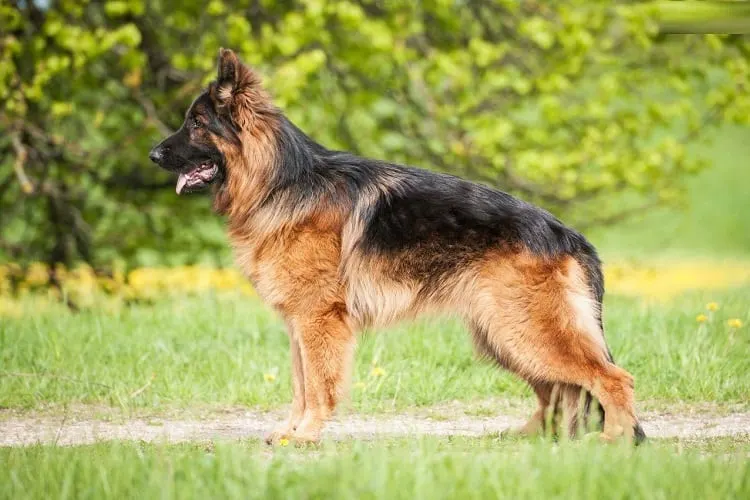
German Shepherds don’t have breed-specific tail positions, so you can look at guides to dog tail “language” for a more in-depth exploration of key moods communicated by dogs’ tails.
Here are some common ones to look out for. (They can be subtle to distinguish, and look different from dog to dog, so try to learn more about your specific’s dog’s mood, too.)
- High tails: usually a sign of alertness and excitement
- Hanging tails: troubled or submissive feelings
- Straighter than normal: exploring, but a little cautious
- Semi-raised and slowly wagging: usually happy
- Low and slow wagging: usually means unhappiness or concern
- Raised and fast wagging: Excitement
- Low and slow wagging: lack of enthusiasm, but responsive
- Very broad wagging: enthusiastic
- Short, curtailed wagging: can be a sign of anxiety
- Neutral: the dog is simply relaxed, alert, and happy
- Wiggly and loose: a happy puppy!
- High and stiff: this can be a sign that something’s caught their eye, and it may signal trouble, but they’re still confident
- Tucked: the classic sign of a scared dog
Do German Shepherds have Curly Tails?
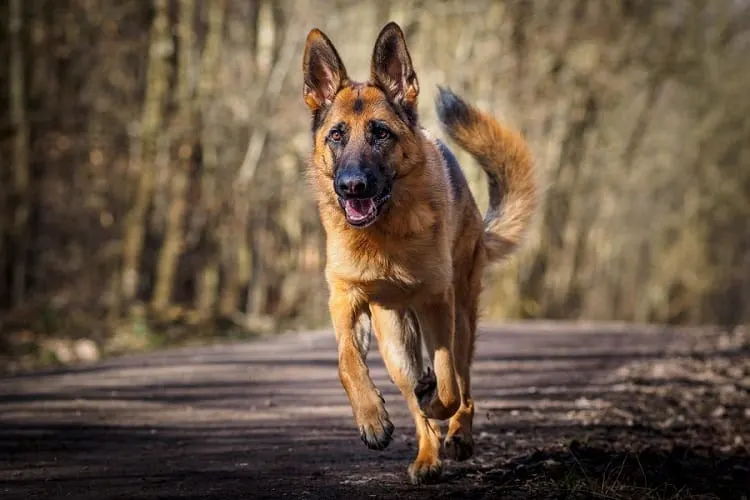
It is possible for a GSD to have a curly-ish tail, but it’s not normal. Some have tails that seem tightly wound, or which curl over the back, but it’s an unusual fault for the breed.
It doesn’t mean that you can’t have a happy, healthy dog, but it is outside the breed standard.
It can be a sign of a mixed breed dog or a dog with a gene fault at the tail. Still, that doesn’t mean they can’t be perfectly good companion animals.
Can Tails Get Sore?
As an expressive part of the dog, tails can get sore or injured.
There’s even the so-called “happy tail” syndrome, where a content dog wags their tail so much that they hurt the joint. However, these are some more severe problems to watch out for:
- Anal Furunculosis: This is a fancy term for an inflammatory skin disease around the tail and bum. Usually, it’s genetic and linked to immune issues.
- Skin Infections: Like the rest of the body, the skin here can get infected. Because the skin is tight over the tailbone, it can be tough to treat too. Noted issues include chewing, allergy scratching, and itching. Dog bites can get infected too. Always treat skin issues at the tail seriously.
- Limber Tail Syndrome: Also called “cold tail”, this happens when a dog spends too much time in the cold (especially cold water), overworks, or injures itself. The tail swells and is painful, it comes on about a day after exposure to freezing surfaces.
Why do Dogs Chase Their Tails? Is It Bad?
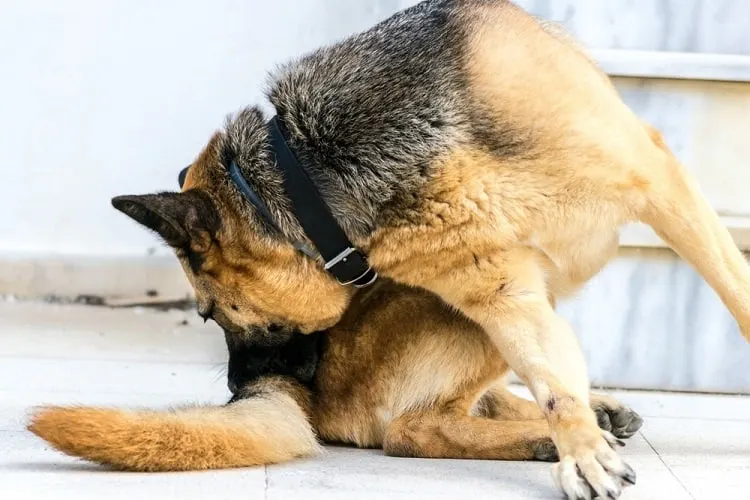
Pups and adult dogs alike may chase their tails simply for fun. But sometimes, it can turn into obsessive behavior.
Luckily, training can help, especially with distraction and refocusing on toys or activities.
What are the bad reasons for tail chasing?
- Small Spaces: The German Shepherd is a big dog, so narrow spaces can upset them.
- Stimulation: If your dog is under-exercised and stimulated, they can obsessively tail chase from boredom.
- Genetics: They may have the habit in their blood, or have learned it from parents.
- Stress: Anxiety can cause very dangerous tail chasing that often ends in injury, and you need to get to the root cause of the issue.
However, you don’t need to worry if it’s just an occasional habit.
Conclusion
Learning to decode the “mood” of your dog’s tail is an art, but it’s well worth learning. It can cue you into their moods, and help you to avoid issues before they start.
Likewise, knowing more about the breed standard for their expressive tail can help you identify potential issues with your dog and understand more about what makes them tick—or should we say, wag!














